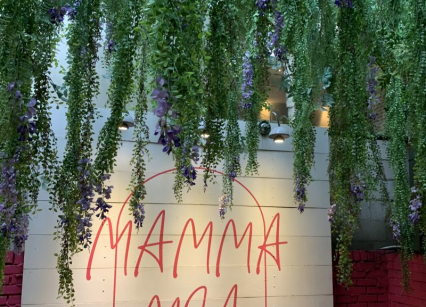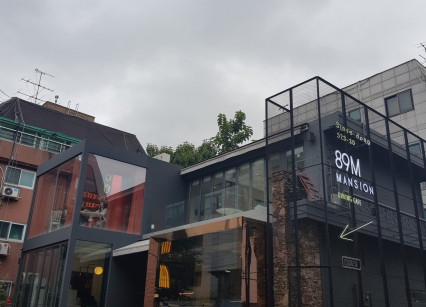My previous blog was about traditional korean food as Samgyeopsal (삼겹살) and kimchi stew (김치찌개). In this blog I am gonna write about korean food from chicken and describe what it tastes like.
Growing up in Kazakhstan, Korean chicken was not the food that everyone know about. Because mostly old doramas advertised traditional korean food like ramen, kimchi stew, mandu dumplings. Recently with new doramas or mukbang shows (an online audiovisual broadcast in which a host consumes large quantities of food while interacting with the audience) korean chicken became very famous all over the world. Especially, bbq chicken, sweet and spicy yangnyeom chicken or fried chicken.
Basically, I didn’t have much knowledge about Korean food until I came here to study. Nearly one year later, I’ve become such a big fun of korean cuisine that I really started going or cooking by myself one of these amazing meals or snacks. But the first year in Korea was pretty hard and stressful for my stomach. Because I could not understand and like traditional korean food. Everything I ordered seemed very spicy or very sweet. So, these food, which I am going to describe, became my first favorite ones.
Jjimdak 찜닭
I remember my first time having jjimdak in Daejon with my friends. It was the first Korean food which was not spicy and I liked it very much.The jjimdak that we ordered was very cheesy and full of healthy vegetables with chicken meat. It tasted similar to the food my mom used to cook back in Kazakhstan and may be that is why it became my favorite.
Jjimdak (찜닭) is a braised chicken meal and refers to dishes that are steamed, stewed or braised in a soy sauce. Jjim 찜 means boiled or steamed and dak means chicken. There are some versions of jjimdak and a popular spicy version is Andong jjimdak (안동찜닭). It’s a huge jjimdak, which originated from the city of Andong. Also it is a spicy chicken dish that has become enormously popular since the late 1990’s.
Andong Jjimdak
Andong in GyeongsangBuk-do province. It is not far from my hometown, Daegu where I Lived for 6 months. Andong is a famous city with lots of traditional places to visit like UNESCO listed Hahoe Traditional Folk Village and Dosanseowon Confucian Academy.When you visit this city, try Andong Jjimdak and visit Andong Mackerel, Andong Beef.
Since Andong-jjimdak is cooked over high heat, it has less fat and can have various tastes by adding diverse ingredients according to recipe. It is popular among students and blue-collar workers due to the abundant portions compared to the price (generally around 20,000 won). Andong-jjimdak is also considered a nutritious dish due to the high protein content from the chicken, and various vitamins provided by the vegetables in the dish.
Check out: https://en.wikipedia.org/wiki/Andong_jjimdak
Chicken Barbecue 닭갈비

Dak Galbi is marinated chicken dish mixed with a bunch of vegetables in a large pot in front of you. The server usually comes around your table every few minutes to stir up the meat and make sure your chicken doesn’t get burned. When it gets ready the server will let you know to start eating. You can also order noodles and cheese additionally, that you can get to make the meal more tasty. As the best dakgalbi restaurant I would recommend Yoogane(유가네 닭갈비) restaurant chain. It is easy to find cause there are bunch of them in every distict of Seoul. I usually go to the 유가네 which are on Hongdae and Seoul National University station.

Many dakgalbi dishes are served in a large sizzling pan with a cheese ring. Top your dish with some ramen noodles and rice ttoks to understand what Korean style dak-galbi taste like.
The cost is 12.000-15.000 won for each person.

Dakgalbi chunks of chicken are marinated in a sauce of chili paste and other spices, and stir-fried in a large pan with tteok, cabbage, carrots, and slices of sweet potato. There are a lot of versions of dakgalbi but my favorite is the one with little bread in the middle filled with cheese.It is common to see many diners wearing aprons over their clothes as they cook and eat.

Read more: Korean cuisine Vol. 1







